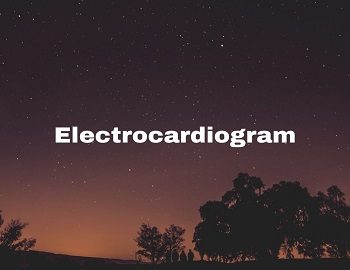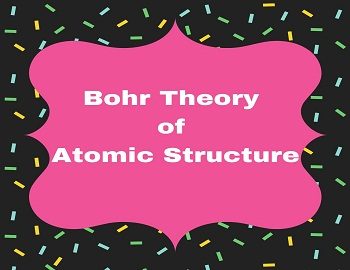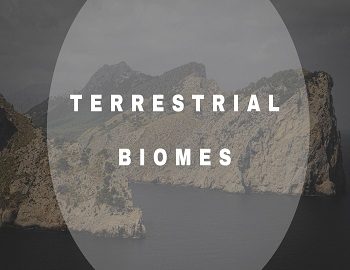Table of Contents
What is Radioactive Pollution?
Radiation is a phenomenon, which involves the movement of energy through space. A number of atoms possess the ability to emit radiations, and thereby, cause radioactive pollution. Radiations originate from the instability of the nuclei of an atom, which loses sub-nuclear particles and energy to acquire a stable state. The phenomenon is termed radioactivity. No physical, chemical or biological process can influence, reduce or terminate these emissions from a radioactive element, as it is the state of atomic nuclei, which is responsible for the phenomenon.
In short, it may be defined as the phenomenon of physical pollution of air, water and soil with radioactive materials.
Types/Sources of Radioactive Pollution:
- Natural or Background Radiation- The radiation level present naturally in a place due to cosmic rays coming from outside and radionuclides present in rocks, soil and water of a place is called natural radiation. Most of the cosmic radiations are filtered out by the ionosphere part of the thermosphere. Radionuclides present naturally in the environment of a place include radium 224, uranium 235, uranium 238, thorium 232, radon 222, carbon 14 and potassium 40. Natural radiation is not a health hazard because of its low concentration. Man has been exposed to it since his appearance without any appreciable effect.
- Man-made Radiations- They are radiations emitted by radioisotopes, radioactive elements, their fusion or fission carried out by human activity. Man-made sources of radioactive pollution include mining and refining of plutonium and thorium, atomic explosions (nuclear fallout), atomic reactors and nuclear fuel, and preparation of radioactive isotopes.
Effects of Radioactive Pollution:
- Nucleic acids (DNA and RNA) effectively absorb these radiations. Even low-level radiations, which do not cause any visible damage, are completely absorbed by nuclear material, which causes carcinogenic, mutagenic and teratogenic effects.
- A biological system is unable to distinguish between a radioactive and a normal isotope of an element as their physical and chemical properties are similar. Radioactive isotopes are, therefore, absorbed and incorporated within the bodies of living organisms as normal isotopes are. This lodges a radioactive source within the body of the organism itself.
- Like any other element radioactive isotopes are also absorbed, accumulated and bio-magnified thousands of times. Thus, the entire food becomes contaminated. organisms at higher trophic levels may, therefore, receive a highly concentrated source of radioactive material through their food supply.
- There is no other way to dispose of these hazardous wastes except to store them for thousands or millions of years away from living beings. This is too long a period on the human scale of time. Even the safest burial places for radioactive wastes, which represent the best of human efforts, have shown signs of leakage. At present, it appears very difficult, though not impossible to store radioactive wastes away from the biosphere for such long periods.
- Other Effects include a change in cell metabolism due to changes in cell membranes and enzymes, crystallisation of haemoglobin, breakdown of RBCs, subcutaneous bleeding, change in the proportion of different blood cells, loss of hair, loss of nails impairment of vision, damage to different body tissues, mental retardation, the appearance of sterility, shorter life span etc.
Control of Radioactive Pollution:
There is no cure for radiation damage. Therefore, the only solution is prevention of radioactive pollution. The various methods are as follows-
- Siting of nuclear power plants should be carefully done after studying long term and short term effects.
- Leakage of radioactive elements from nuclear reactors, laboratories and industrial producing, processing or using them should be totally checked. All safety measures for this purpose should be strictly enforced.
- Radioactive wastes should be changed into a harmless form or stored in a safe place where they may gradually decay in a harmless manner. Radioactive wastes having only very low radiation can be discharged into sewers.
- Regular monitoring of radioactivity should be carried out in all risk areas.
- All safety norms should be strictly followed in copybook style by all workers. This includes wearing of protective dresses.
- All measures required to prevent the occurrence of accidents should be followed.
- Atomic explosions and the use of atomic weapons should be given up.









Comments (No)